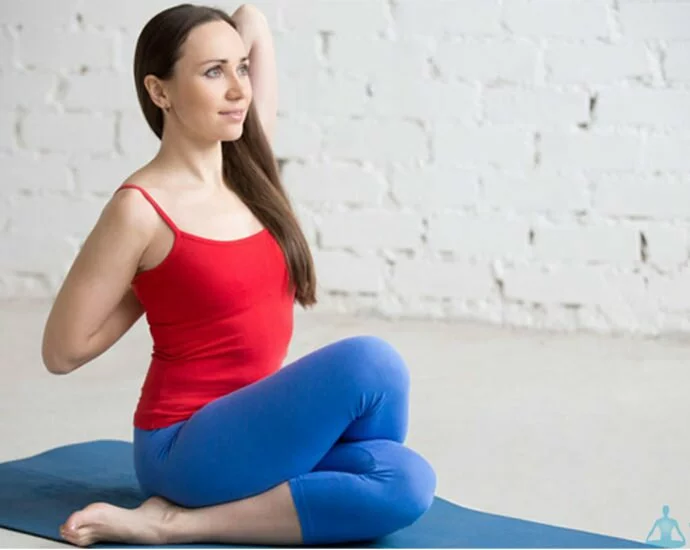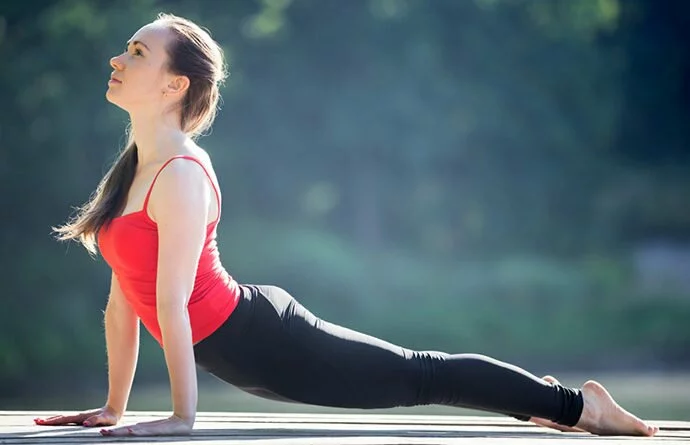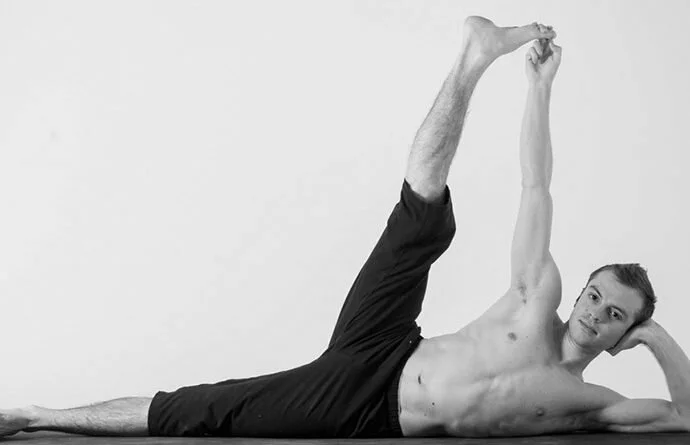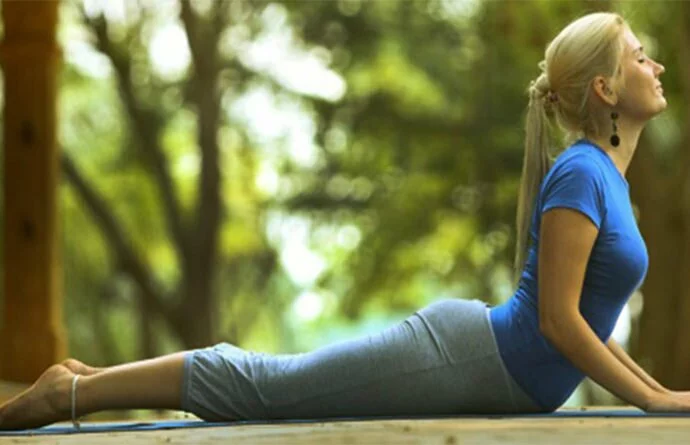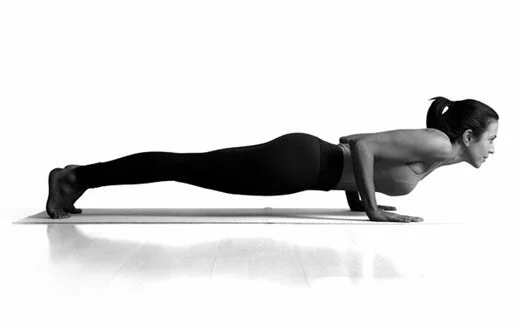Hanumanasana (हनुमानासन)
Hanumanasana (Sanskrit: हनुमानासन) or Monkey Pose is an asana. The name comes from the Sanskrit words Hanuman (a divine entity in Hinduism who resembles a monkey) and asana (posture) and commemorates the giant leap made by Hanuman to reach the Lankan islands from the mainland of India. This asana isContinue Reading


